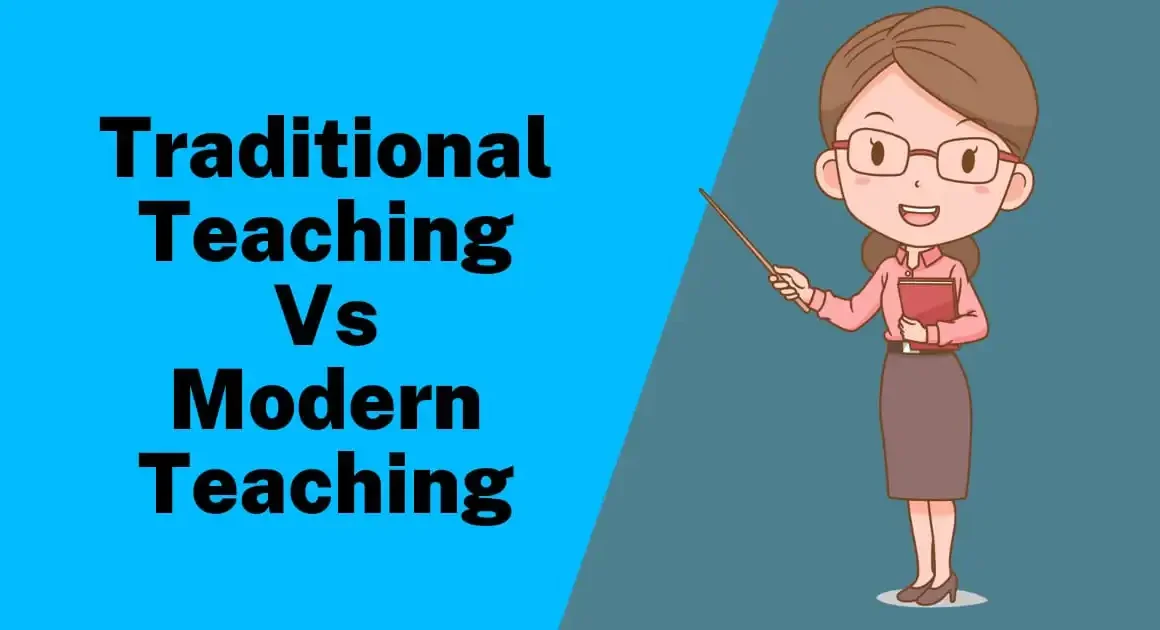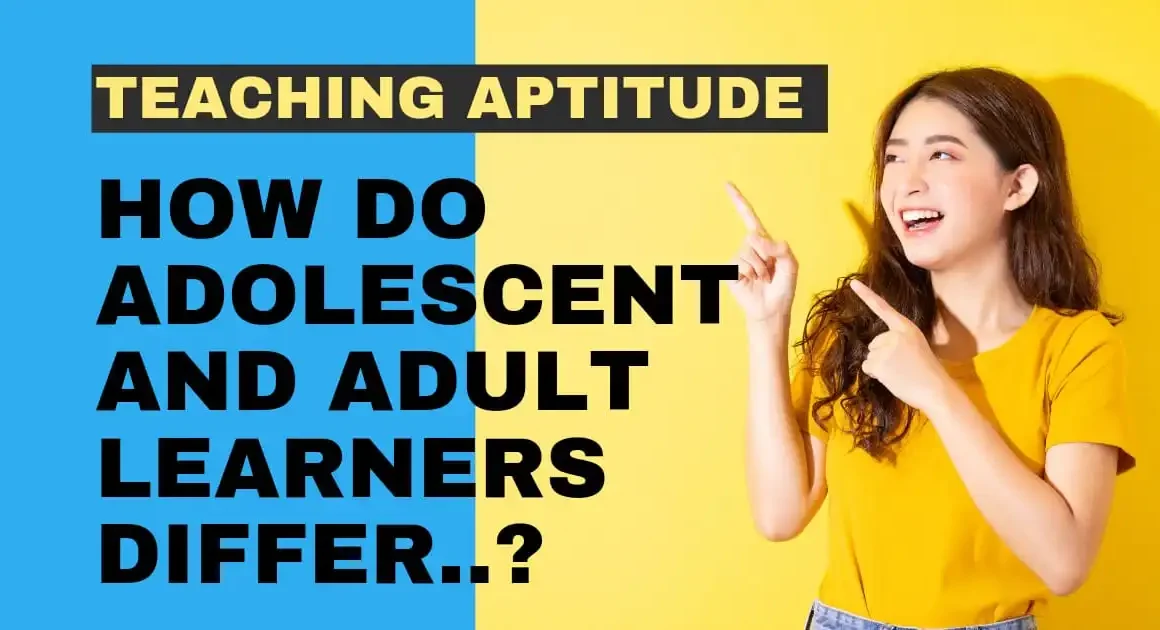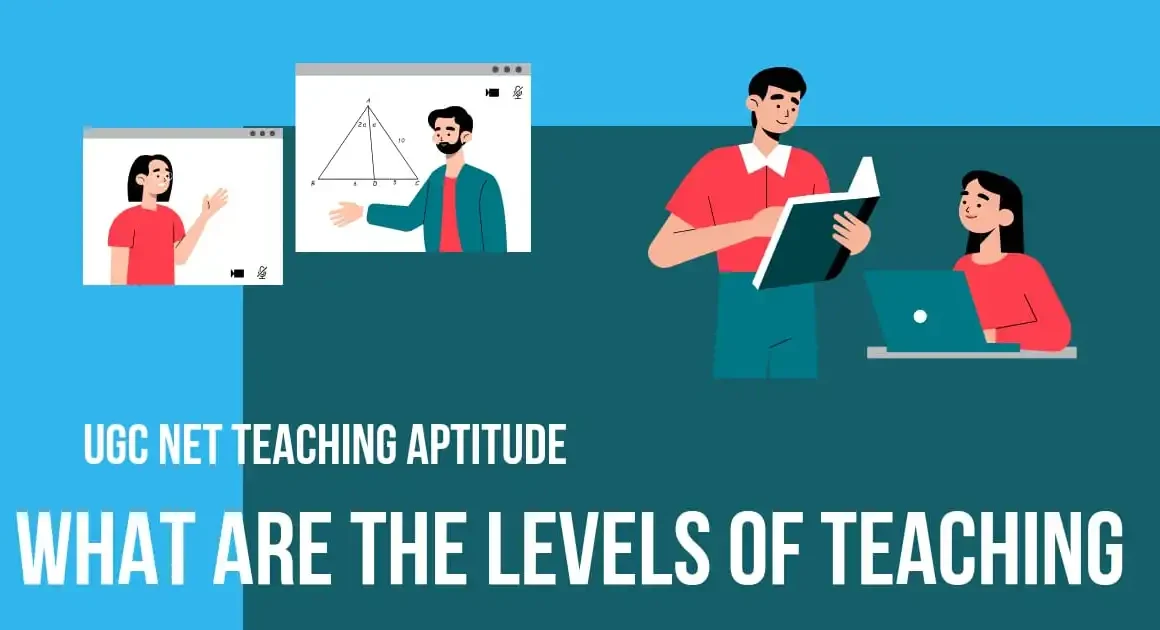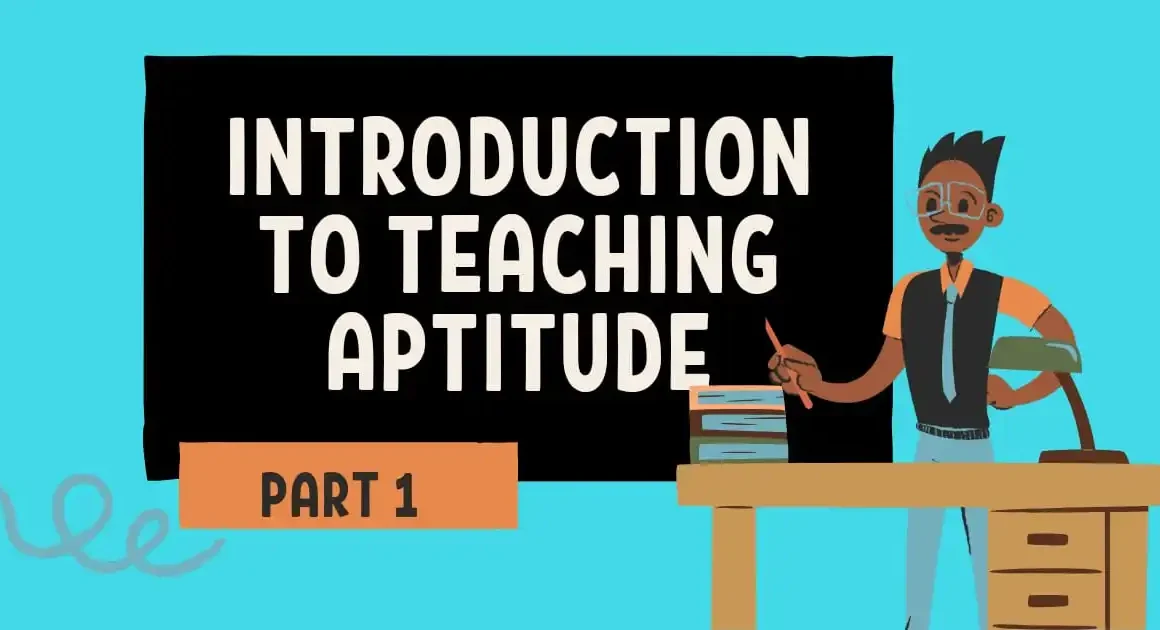Traditional teaching methods, also known as “chalk and talk” or “conventional education,” and have dominated the educational scene for decades. This teacher-centered approach has influenced innumerable learning experiences. It defines itself by control, organisation, and curriculum completion. But times are changing, and effective substitutes in the form of contemporary, technologically advanced approaches are starting to emerge. This article explores the salient characteristics, advantages, and disadvantages of both traditional and modern teaching approaches. It provides insight into how education is changing in the twenty-first century.
Traditional Teaching Method
For generations, traditional teaching methods—also known as “chalk and talk” or “conventional education”—have been the backbone of education. We prioritize Control, organisation, and finishing the curriculum in this teacher-centered approach, with particular traits influencing the learning process.
Key Features of Traditional Teaching
- teacher-centered: Through lectures and presentations, the instructor serves as the main information source.
- Memorization Focus: Through rote learning and repetition, we expect students to retain information and figures.
- Syllabus Completion: Meeting the requirements of each individual student comes second to finishing the set curriculum.
- Evaluation Emphasis: Assessment, which frequently lacks defined standards for assessing the efficiency of lessons, relies on measuring knowledge retention through exams and tests.
- The main instructional resources are still textbooks and blackboards, which is the tools of traditional technologies.
- Focus on Discipline: Upholding discipline in the classroom is crucial.
- Limited Collaboration: There is little emphasis placed on team development or collaborative learning exercises.
- Lecture-Based Instruction: Teacher-led lectures are the main method used to transmit knowledge.
Benefits of Traditional Education
- Lectures are an excellent way to present material to a large number of students at once.
- Adaptability: This strategy works well with a variety of student populations.
- Because it uses few resources, we can use it in environments where resources are limited.
- Teacher authority establishes structure and clear leadership in the classroom, which may help to promote discipline.
Demerits of Traditional Teaching
- Low Student Engagement: The development of critical thinking abilities can be limited by passive learning, which can also cause disinterest.
- Partial Understanding: A focus on memorising frequently minimises a more in-depth comprehension of concepts.
- Difficulties for Struggling Learners: Students who need more help or various learning methods may lag behind.
- Restricted Assessment Techniques: Diverse learning outcomes may not be effectively assessed by traditional evaluation techniques.
- Discourages Reflection: Instructors may be less motivated to consider, evaluate, and improve their methods of instruction.
- Prioritise Outcomes over Learning: The drive to attain high test scores could miss the real goal of education, which is to promote sincere knowledge and lifelong learning.
Tools Used in Traditional Teaching
- Blackboard
- Textbook
- Charts
- Images
- Maps
- Globes
- Atlases
- Dictionaries
- Workbooks
Modern Based Teaching System (ICT)
Modern, technology-driven ways are replacing the outdated chalk-and-talk methods in education, which is undergoing an ideological shift. This innovative approach to education uses technology to produce interesting and productive learning environments. It is defined by student focus and active engagement.
Key Features of Modern Teaching Methods
- Student-centered: Through investigation, teamwork, and problem-solving, students actively participate in their education.
- Active Participation: Education encourages students to participate in conversations, projects, and practical tasks in addition to passive listening.
- Execution Emphasis: Careful preparation, execution, and customisation to the specific needs of each student are necessary for the effective application of these strategies.
- ICT Dependency: ICT, or information and communication technology, is essential for improving learning. It does this by employing resources like computers, projectors, and films.
- Students now actively build their understanding via inquiry and investigation, rather than teacher impart to them the knowledge.
- In order to accommodate a variety of learning styles, contemporary methods promote flexibility, critical thinking, and creativity.
- Well-designed modern teaching methods can be reliable and effective when implemented with proper training and resources.
Merits of Modern Teaching
- Learner-Centered Focus: Promotes a more engaging and individualised learning experience by giving students’ needs and interests first priority.
- The technology can condense large volumes of content into interesting formats, which may allow users to cover more terrain in less time.
- Teacher makes students’ learning interesting and pleasurable by the use of multimedia and interactive components.
- Video, audio, and other forms of technology support a range of learning methods and preferences.
- With the use of contemporary techniques, teacher’s can give the students the ability to evaluate their own learning and take charge of their education.
Demerits of Modern Teaching
- Teacher Skill Development: Teachers must constantly learn new technologies and adjust to them in order to implement these strategies effectively.
- We may interpret the focus on student-centeredness as a diminution of teacher authority.
- It can be costly and time-consuming to set up and maintain technology infrastructure.
- A reliance on technology too much may have an adverse impact on the close relationship that exists between educators and pupils.
ICT Tools Used in Modern Teaching
- Computers
- Laptops
- Smart Interactive Boards
- Microphones
- Learning Labs
- Educational Software
- Online Learning Platforms




